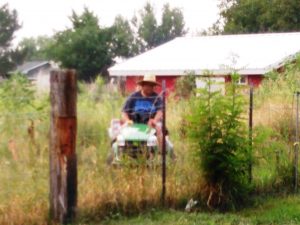 This spring my daughter moved to a new home. It’s on one acre of land. For a city girl that’s a lot of land. The plan is to have pot belly pigs and chickens but this summer the land is fallow. So the sunflowers and weeds have grown up as tall as a man in some places. It’s a veritable fortress of green and gold. The kids don’t venture into it because not only is it tall it’s full of stickers.
This spring my daughter moved to a new home. It’s on one acre of land. For a city girl that’s a lot of land. The plan is to have pot belly pigs and chickens but this summer the land is fallow. So the sunflowers and weeds have grown up as tall as a man in some places. It’s a veritable fortress of green and gold. The kids don’t venture into it because not only is it tall it’s full of stickers.
However, their dad has a new mini-tractor which he LOVES to use. This is one perk of having an acre of land when you’re a city boy! You get a new toy. He uses it to mow the lawn (it has an attachment) and recently he has been using it to pull the kids through the weed forest. It has a wagon. What a GREAT mini-tractor!
Yesterday, after church, Doug hooked up the wagon and filled it with the kids and off they went. It was 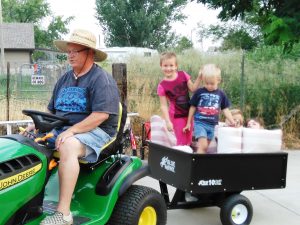 hysterical watching and listening to them as they plowed through the verdant growth of the back pasture. The kids loved it and they will not forget the fun time they are having with their dad.
hysterical watching and listening to them as they plowed through the verdant growth of the back pasture. The kids loved it and they will not forget the fun time they are having with their dad.
Think back to your favorite memories as a child. What are they? Who or what are the most distinct elements of those memories?
My children are grown adults, aged twenty-seven to forty-five. Recently, I asked them what their fondest memories were from childhood. Here are a few responses:
- Jenny—“Playing with the big jar of buttons!”
- Marie—“I remember you used a fridge box and turned it into a little store. I remember Seth being the clerk inside the box and us buying things. I also remember loving to look at your sticker books. I remember the night we pretended we didn’t have electricity and camping in the backyard.”
- Barry—“I loved how much food we had on Thanksgiving and how tasty it was. I loved eating the tops of the cakes you cut off when baking. Canning, sewing, and cross-country skiing to school were all enjoyable for me! I loved all the camping that we did and sitting in the dark with the Christmas lights on in the living room.”
- Seth—“I loved New Year’s Eve and the cheese and meat tray that we ate while sitting on the floor watching a movie. I remember sitting on the front porch when it rained and smelling the rain and the lilacs. I remember our walks together and stopping by that beautiful yard, smelling the flowers.
- Jodie—“I loved going to the park for the Fourth of July and eating watermelon. My most cherished memories are of the Thanksgiving and Christmas season. I loved all of the little traditions we had, from the way we decorated, to making gingerbread houses, to what we ate.”
- Kate—“I remember you and me sitting under the table reading a chapter of Katie John together. She painted her face with lipstick on picture day and it wouldn’t come off. We laughed and laughed together. I remember gardening with you and finding that HUGE spider. I remember you sitting with me while I wrote that tough poem for school. I loved you teaching us to make snow candy, homemade noodles, sugar eggs, pillows filled with milkweed fluff, and quilting.
- Andrew—“I remember dad letting me sit on his lap and drive when I went on business trips with him. I also remember working with him in the crawl space. I don’t think either of us actually liked going down there, but we did like working together.”
Can you see that the most memorable memories of my children cost very little, and didn’t take tons of time or preparation? It’s also interesting to note that the majority of these happy and pleasant memories are of events that happened in the course of daily living.
As parents, we spend a great deal of time worrying about whether we’re measuring up, and whether we’re doing anything that our children will remember with fondness. And because we worry about this we tend to complicate things, create more work for ourselves and even spend money that isn’t necessary.
So when you begin to wonder if you’re doing anything in your home to create memories for your children that matter it’s well to remember that in the lasting memory department less is truly MORE.
Feel free to share your children’s favorite memories in the comments section. I’d love to hear them and asking your children to share can be eye-opening. : )
Mary Ann



 Recently I moved from one small town to another. It required four long months and two moves. It was not easy! We are still not fully moved in because the new floors are not completely finished and we still have a kitchen in progress. The bright spot is this – our bathroom is completely done. That’s right, we have one room in our home which is fully unpacked and completely decorated and ordered. I love going into that room and luxuriating in its completeness.
Recently I moved from one small town to another. It required four long months and two moves. It was not easy! We are still not fully moved in because the new floors are not completely finished and we still have a kitchen in progress. The bright spot is this – our bathroom is completely done. That’s right, we have one room in our home which is fully unpacked and completely decorated and ordered. I love going into that room and luxuriating in its completeness. crash and as part of her therapy to regain her ability to talk and process information we attended a painting class. I was proud of my painting when it was finished. It was such an accomplishment. I had done a great job for a first-time painter.
crash and as part of her therapy to regain her ability to talk and process information we attended a painting class. I was proud of my painting when it was finished. It was such an accomplishment. I had done a great job for a first-time painter.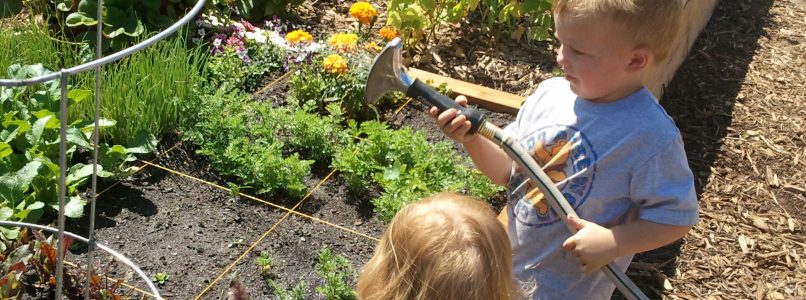
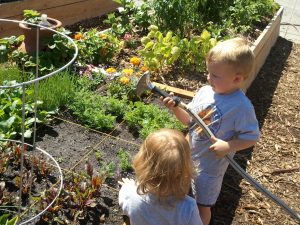
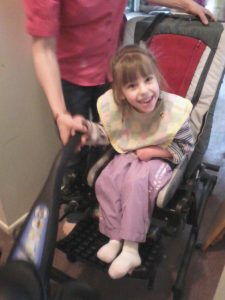

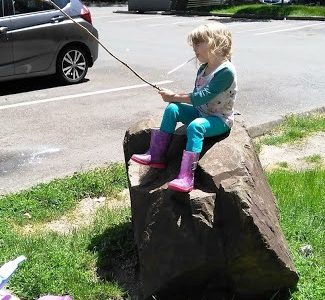
 I can remember being four years old, living in sunny CA. I had two sisters younger than me and we were all a year apart. I can see us playing on the front stoop of our home. We were pulling dead pine needles off of the Christmas tree to put in our mud pie cakes.
I can remember being four years old, living in sunny CA. I had two sisters younger than me and we were all a year apart. I can see us playing on the front stoop of our home. We were pulling dead pine needles off of the Christmas tree to put in our mud pie cakes.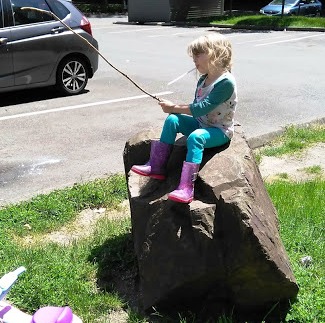


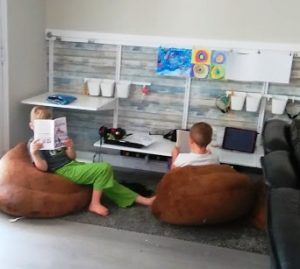 I thought you might be interested in how our three hours of tech free time went – you know those three hours when I was the worst grandma on the planet. Well, Mary and Jack both made progress on the books they are currently reading and Ben reconnected with the joy of playing engineer. There are tremendous benefits for families when there are clear boundaries for technology use. Why not make it the topic of your next family meeting. It can change your family!
I thought you might be interested in how our three hours of tech free time went – you know those three hours when I was the worst grandma on the planet. Well, Mary and Jack both made progress on the books they are currently reading and Ben reconnected with the joy of playing engineer. There are tremendous benefits for families when there are clear boundaries for technology use. Why not make it the topic of your next family meeting. It can change your family!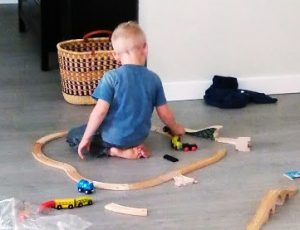 am also interested in your technology challenges.
am also interested in your technology challenges. 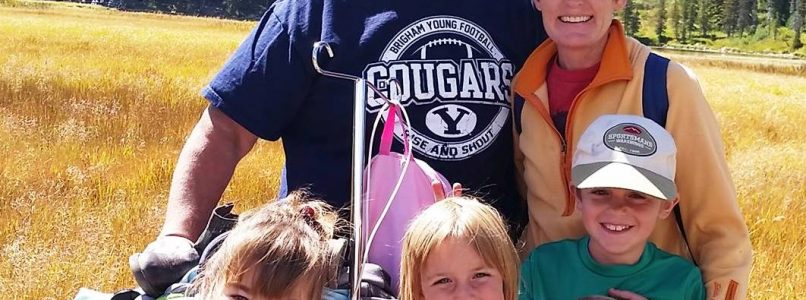
 I went to Seattle to visit my youngest daughter’s family and to participate in her husband’s graduation. When we walked in the house from the airport at 11:30 that night we had to step over toys, shoes, the day’s clothes, etc. My daughter looked at me and said, “Mom I cleaned this house twice for you.” I smiled. I know that feeling. I also know that she has two small, busy children and that she spends time with them.
I went to Seattle to visit my youngest daughter’s family and to participate in her husband’s graduation. When we walked in the house from the airport at 11:30 that night we had to step over toys, shoes, the day’s clothes, etc. My daughter looked at me and said, “Mom I cleaned this house twice for you.” I smiled. I know that feeling. I also know that she has two small, busy children and that she spends time with them.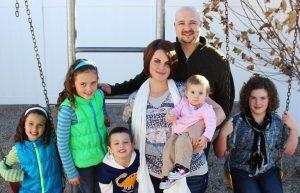 is repeated. She always asks me why I pick some major thing to clean every time I come. Well, it’s because I know what a challenge it is to stay on top of the daily things, let alone get any deep cleaning done, especially when you are willing to put it aside to help a five-year-old ride her bike or create a superhero costume for a nine-year-old son.
is repeated. She always asks me why I pick some major thing to clean every time I come. Well, it’s because I know what a challenge it is to stay on top of the daily things, let alone get any deep cleaning done, especially when you are willing to put it aside to help a five-year-old ride her bike or create a superhero costume for a nine-year-old son. I live with my oldest daughter and her family, in an attached apartment. So I see what goes on there even more intimately. It is almost always slightly chaotic. The floor is rarely uncluttered for more than a few hours at a time. But I see her stop what she is doing to help any one of her four children with whatever project or need they may have. In fact, I have thought to myself, “Man, I would have told them I would help them later.” You see, I still have to work on being Present!
I live with my oldest daughter and her family, in an attached apartment. So I see what goes on there even more intimately. It is almost always slightly chaotic. The floor is rarely uncluttered for more than a few hours at a time. But I see her stop what she is doing to help any one of her four children with whatever project or need they may have. In fact, I have thought to myself, “Man, I would have told them I would help them later.” You see, I still have to work on being Present!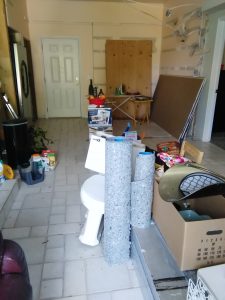
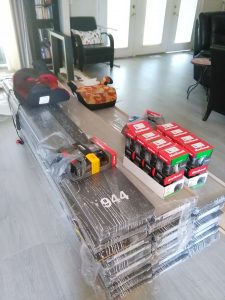
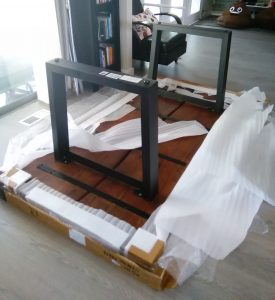



 As you know I have been writing a new book – Becoming a Present Parent: Maximizing Presence in Five Minutes or Less. I started in August 2015 and finished in January 2016. Since then I have been learning the dance of being an independent author. Whew, it has required a lot of dance lessons!!
As you know I have been writing a new book – Becoming a Present Parent: Maximizing Presence in Five Minutes or Less. I started in August 2015 and finished in January 2016. Since then I have been learning the dance of being an independent author. Whew, it has required a lot of dance lessons!!